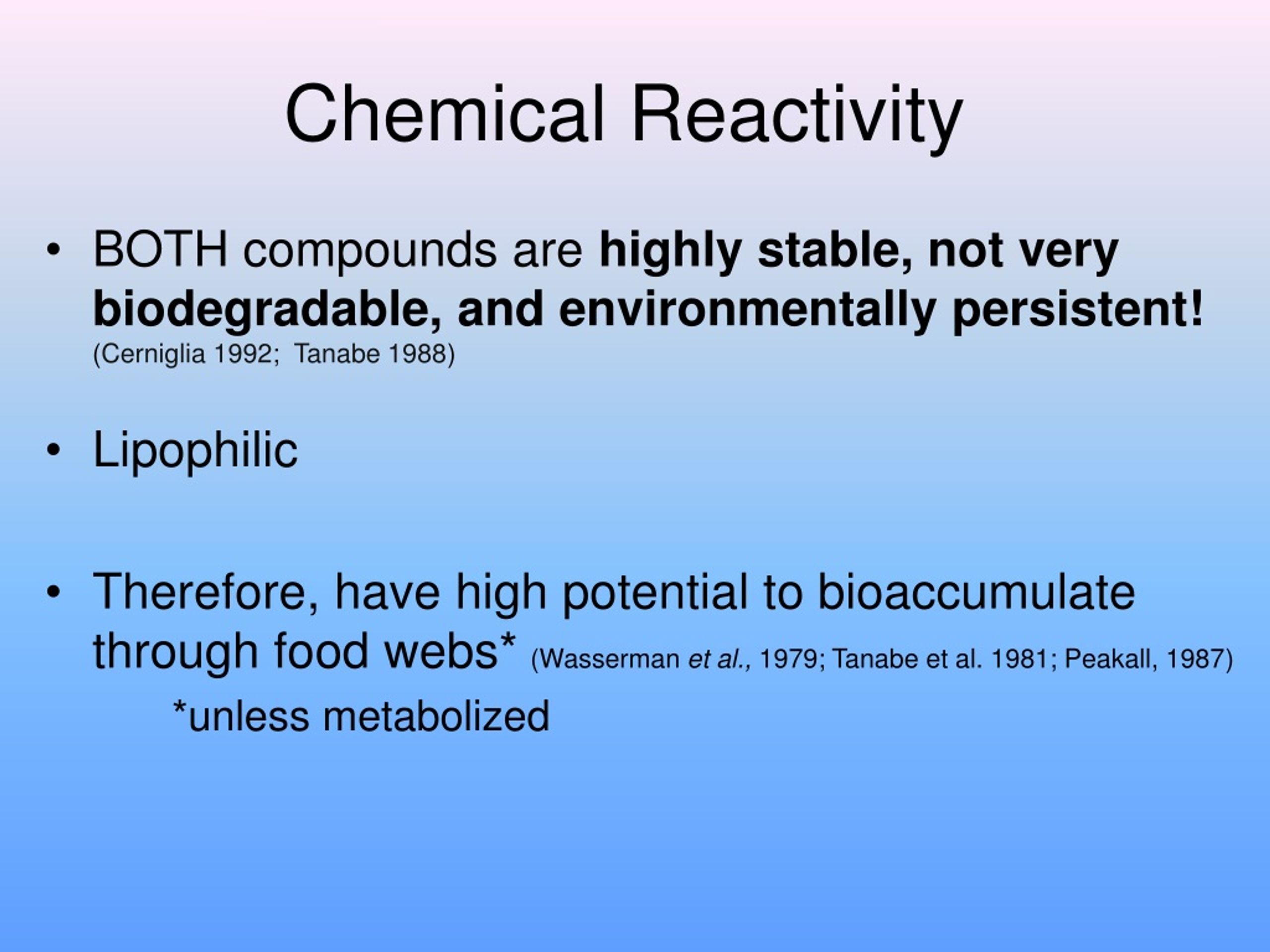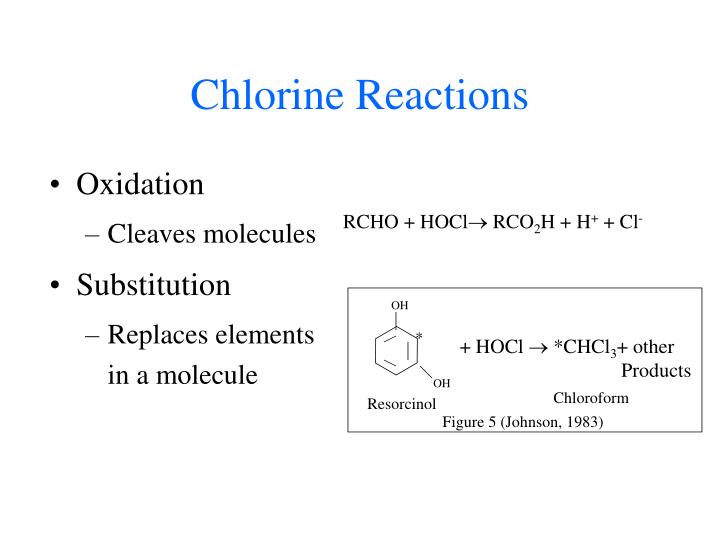

Secondary and tertiary amines are also present in many waste water's, causing their own unique odour problems. Similarly, chlorine dioxide reacts with organic sulphides and disulphides destroying the original odour. The major sources of odorous substances such as mercaptans and substituted amines include the chemical and petroleum industries, cooking and sanitary processes, animal feedlots and rendering plants.īetween pH 5 & 9, 4.5 parts by weight of Chlorine Dioxide instantaneously oxidises 1 part by weight of mercaptan (expressed as sulphur) to the respective sulphonic acid or sulphonate compound, thus destroying the mercaptan odour. Para formaldehyde can be depolymerised and eliminated completely by oxidation with Chlorine Dioxide. Chlorine Dioxide oxidises formaldehyde to formic acid and finally to carbon dioxide. Formaldehyde is a major component in the formulations used in photo processing. Their treatment is a common problem, especially so in the photographic industry. Aldehydes are produced by a number of common industrial processes. In general, Chlorine Dioxide can oxidise an aldehyde to its corresponding carboxylic acid.

Scotmas possess over 25 years application expertise in chlorine dioxide technology in challenging applications. The table below lists a selection of pollutants found in various industries from our files, and demonstrates the wide range of possible applications for Chlorine Dioxide. In general, Chlorine Dioxide will not react on double carbon bonds, aromatic cores, quinionic and carboxylic structures as well as primary amines and urea.Ĭommercial applications have shown that Chlorine Dioxide can effectively oxidise many compounds considered to be waste and water pollutants.

Generally Chlorine Dioxide (ClO 2) rapidly oxidises phenol type compounds, secondary and tertiary amines, organic sulphides and certain hydrocarbon polycyclic aromatics such as benzopyrene, anthracene and benzoathracene. The electrophilic nature of chlorine or hypochlorous acid can lead, through reaction of addition or substitution, to the formation of organic species while the radical reactivity of chlorine dioxide mainly results in oxycarbonyls. These enhancements affect the formation of secondary organic aerosol and compliance with air quality standards for ozone and particulate matter.Because of its radical structure, Chlorine Dioxide has a particular reactivity - totally different from that of chlorine or ozone. enhancements of up to 2.1% and 38%, respectively, with a maximum impact in the early morning.Modeling of observed ClNO 2 assuming a well-mixed nocturnal boundary layer indicates O 3 and RO 2 concentrations by 8%–10% and 28%–50%, respectively.Modeling of the Cl 2 source suggests that it can enhance daily maximum O 3 and RO 2 A day-time Cl 2 source of up to 35 ppt∙h −1 is required to explain these observations, corresponding to a maximum chlorine radical (Cl Hourly averaged Cl 2 concentrations peaked daily between 3:00 p.m. ClNO 2 concentrations exceeding 50 ppt were regularly detected with peak concentrations typically occurring between 7:00 a.m. Measurements of molecular chlorine (Cl 2), nitryl chloride (ClNO 2), and dinitrogen pentoxide (N 2O 5) were taken as part of the DISCOVER-AQ Texas 2013 campaign with a High Resolution Time-of-Flight Chemical Ionization Mass Spectrometer (HR-ToF-CIMS) using iodide (I-) as a reagent ion.


 0 kommentar(er)
0 kommentar(er)
